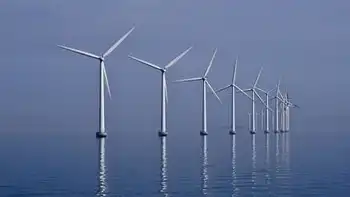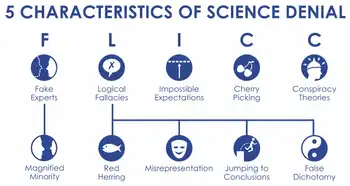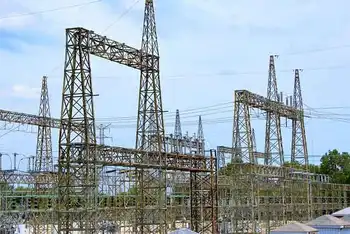Lack of ships may hinder wind development
By Reuters
Electrical Testing & Commissioning of Power Systems
Our customized live online or in‑person group training can be delivered to your staff at your location.

- Live Online
- 12 hours Instructor-led
- Group Training Available
Britain aims to install 32 gigawatts GW of offshore wind by 2020, enough to meet a quarter of the countrys electricity needs, and although there has been investment in turbines factories and ports, a lack of vessels could curtail targets.
The targets are very ambitious and the supply chain isnt there for it to materialize. It definitely has to grow, Ian Johnson, Robin Rigg offshore wind farm project manager said. Aside from turbines, vessels to install equipment are expensive, said Johnson adding that a lack of predictability over upcoming wind farm projects in the past had caused a squeeze on construction vessels as builders rush to use the small stock already built.
Vessel builders in the past have asked: Whens the next project going to come along? Wheres the continuity for me in the supply chain?
But Johnson was also seeing more interest in supply chain investments, after Britain announced the latest winners of tenders to build offshore wind farms.
On the positive side, on the back of Round 3 and the Crown Estate in charge of Britains coastal sea beds road shows, we met new suppliers who want to get into the market, and they now have the confidence to start making those moves, he said.
They can see a more suitable business for them, but reaching the wind targets will still be a challenge.
E.ON UK is part of a consortium that plans to build the 1 GW London Array offshore wind farm in the Thames Estuary near London next year, while its 180 megawatt MW Robin Rigg offshore wind farm in Solway Firth between Scotland and England finished testing turbines and is generating power.
Its early days, but its a good start. Its around 98 percent efficient, which is higher than the expected 90 percent, Robin Rigg site manager Sally Shenton said.
Efficiency is calculated from the amount of power expected to be generated from wind forecasts, versus how much is actually generated, and Robin Rigg takes Britains total offshore wind power capacity to nearly 1 GW.
The government has focused on encouraging offshore wind suppliers to invest in Britain, announcing a 60 million pound US $96.26 million competition to revamp port infrastructure in late March.
Although companies, such as turbine makers U.S. General Electric and Germanys Siemens, have been tempted to invest in factories, others are yet to follow.











